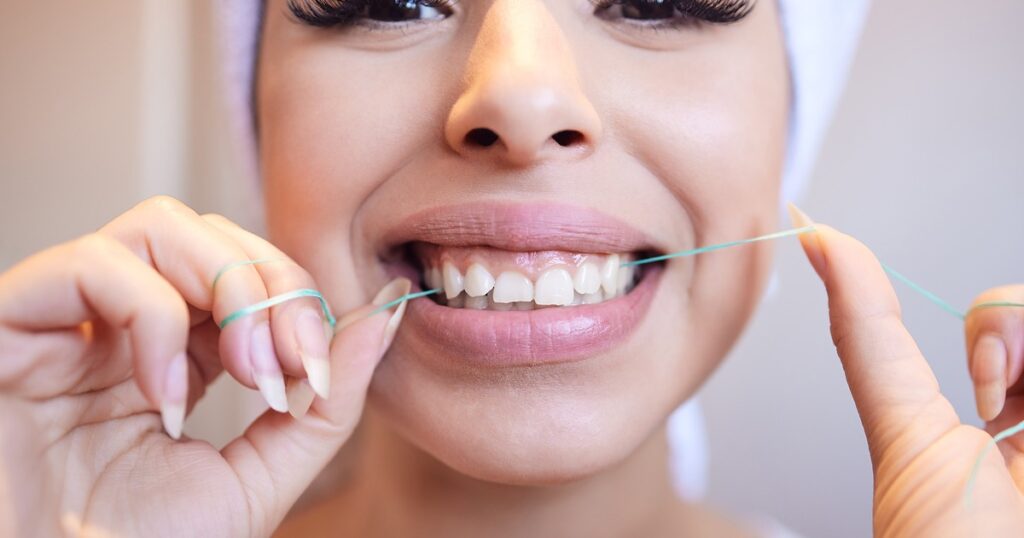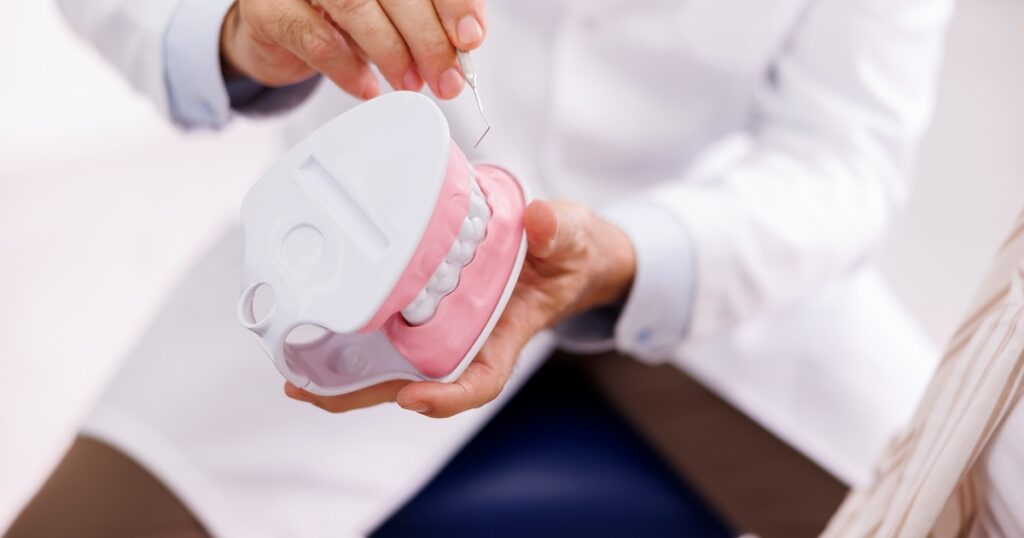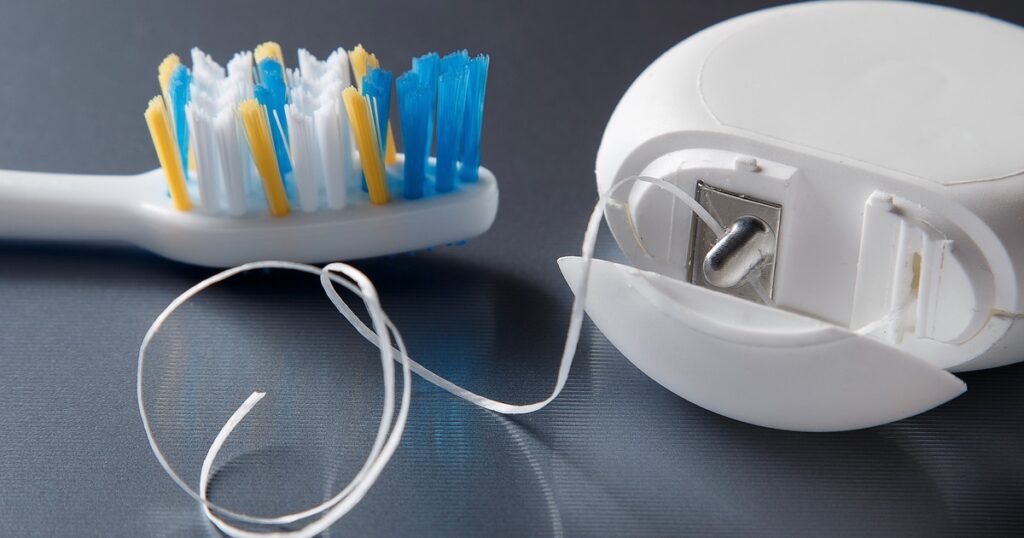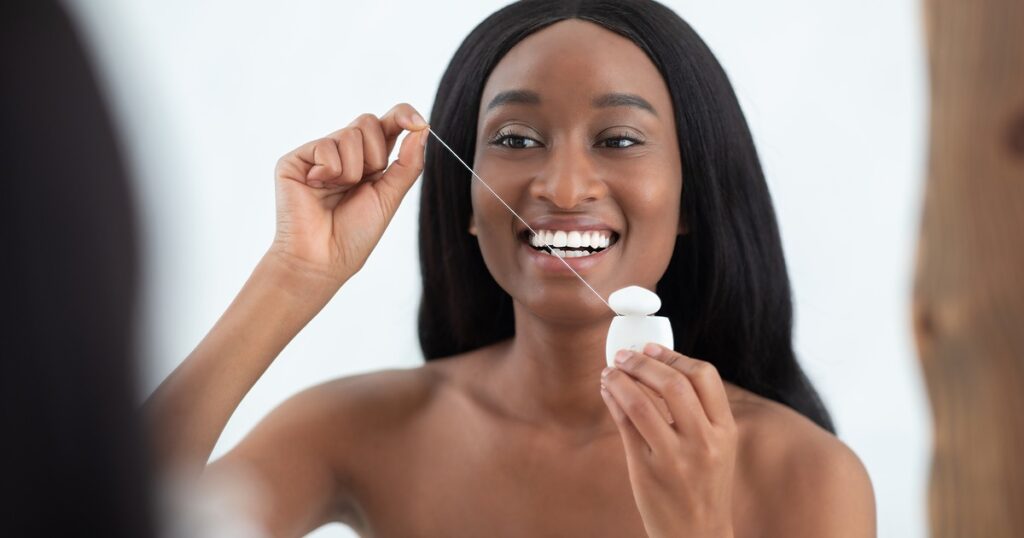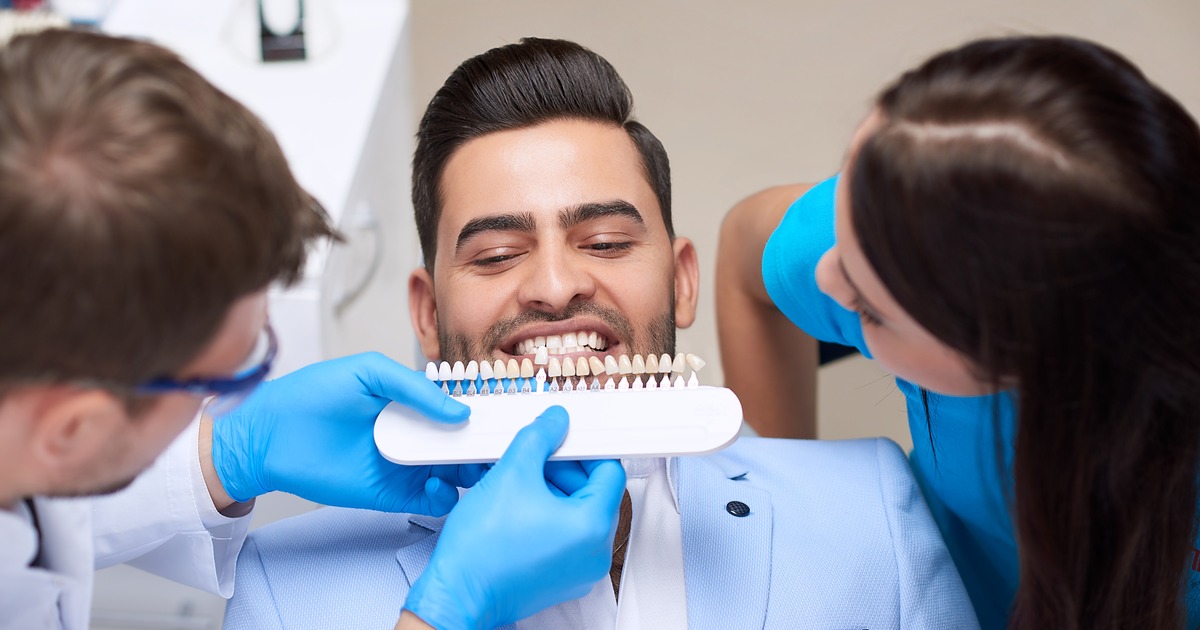Dental Tooth Whitening: Safe Treatments, Procedures & Best Options

A bright, white smile is often seen as a symbol of confidence and good health. That’s why dental tooth whitening (also known as tooth bleaching) is one of the most popular cosmetic dentistry treatments today.
But many people wonder:
-
Is it safe to bleach teeth?
-
Does teeth whitening really work?
-
What do dentists use to whiten teeth?
-
What’s the best and safest way to whiten teeth?
In this guide, we’ll cover everything you need to know about teeth whitening procedures, options, and safety tips, so you can make the best choice for your smile. Want the full view? Compare in-office results with mouthwash lists in Top 10 Best Whitening Mouthwash Products and Best Whitening Mouthwash. For gentle methods, check How to Get White Teeth Naturally at Home. Insurance issues are discussed in Does Dental Insurance Cover Teeth Whitening?. For toothpaste effectiveness, see Does Colgate Optic White Toothpaste Work?. And to see professional care in action, read In-Office Teeth Whitening.
✅ What Is Dental Tooth Whitening?
Dental whitening or tooth bleaching is the process of lightening teeth by removing stains and discoloration. It can be done:
-
At home with whitening products (toothpaste, strips, gels)
-
In a dental office with professional treatments
The active ingredients are usually hydrogen peroxide or carbamide peroxide, which break down stains into smaller, less visible particles.
🦷 Common Causes of Tooth Discoloration
-
Food & Drinks – Coffee, tea, red wine, and dark-colored foods stain enamel.
-
Tobacco Use – Smoking or chewing tobacco causes yellow or brown stains.
-
Aging – Enamel thins over time, revealing yellow dentin underneath.
-
Medications – Certain antibiotics (like tetracycline) can cause deep stains.
-
Poor Oral Hygiene – Plaque buildup makes teeth appear dull.
🧑⚕️ Does Teeth Whitening Work?
Yes ✅. Teeth whitening is effective for most extrinsic stains (surface discoloration caused by food, drink, and smoking).
However, it’s less effective for:
-
Deep intrinsic stains (inside the tooth)
-
Teeth discolored from injury or medication
-
Restorations (crowns, veneers, fillings) — these won’t whiten
⚖️ Is Teeth Whitening Safe?
Yes — if done correctly. The American Dental Association (ADA) has approved certain whitening products as safe and effective.
👉 Safety tips:
-
Always consult a dentist whitening treatment before bleaching.
-
Overusing whitening products can cause tooth sensitivity or gum irritation.
-
Professional whitening under dentist supervision is the safest teeth whitening option.
🏥 Dental Whitening Treatment Options
1. Professional In-Office Whitening
-
Fastest results — teeth can be several shades whiter in 1 session
-
Dentist applies strong bleaching agents (hydrogen peroxide 25–40%)
-
Sometimes combined with light or laser to accelerate whitening
👉 Best for: Quick, dramatic results.
2. Custom Take-Home Trays from Dentist
-
Dentist creates fitted trays and provides whitening gel
-
Worn daily for 1–2 weeks
-
Safer than store-bought kits due to professional supervision
👉 Best for: At-home convenience with dentist-approved results.
3. Over-the-Counter Whitening Products
-
Whitening toothpastes
-
Whitening strips
-
Whitening gels with trays
👉 Effective for mild stains but weaker than dental bleaching.
4. Cosmetic Teeth Whitening Alternatives
-
Dental veneers or bonding for severe stains that whitening can’t fix.
🧪 What Do Dentists Use to Whiten Teeth?
Dentists use professional-grade hydrogen peroxide or carbamide peroxide gels. These are stronger than over-the-counter products, making the whitening process faster and more effective.
📝 Teeth Whitening Procedure (In-Office)
-
Teeth are cleaned to remove plaque and tartar.
-
A protective gel is applied to gums.
-
Whitening gel is placed on teeth.
-
Light/laser may be used to speed up bleaching.
-
Gel is rinsed and results are checked.
Session time: 30–60 minutes.
🌟 Best & Safest Teeth Whitening Techniques
-
ADA-approved whitening toothpaste & strips for mild stains.
-
Custom dentist trays for safe, at-home whitening.
-
In-office whitening treatments for fast, dramatic results.
-
Avoid DIY whitening hacks (like lemon juice or baking soda), which damage enamel.
🧠 FAQs
Q1: Is it safe to bleach teeth at home?
A: Yes, if using ADA-approved whitening products and following instructions. Overuse can cause sensitivity.
Q2: Is teeth whitening safe for enamel?
A: Yes. Whitening doesn’t harm enamel but can temporarily make it more porous and sensitive.
Q3: Does teeth bleaching work on all teeth?
A: No. Crowns, veneers, and fillings will not whiten.
Q4: What’s the best way to whiten teeth professionally?
A: In-office whitening with a dentist is the fastest and safest.
📝 Final Takeaway
👉 Teeth whitening works and is safe when done correctly.
-
For the safest results, choose ADA-approved products or professional whitening dentist treatments.
-
If you want fast, dramatic results, go for in-office whitening.
-
For gradual, convenient whitening, try dentist-supervised take-home trays.
A brighter smile is possible — just be smart about the method you choose.



